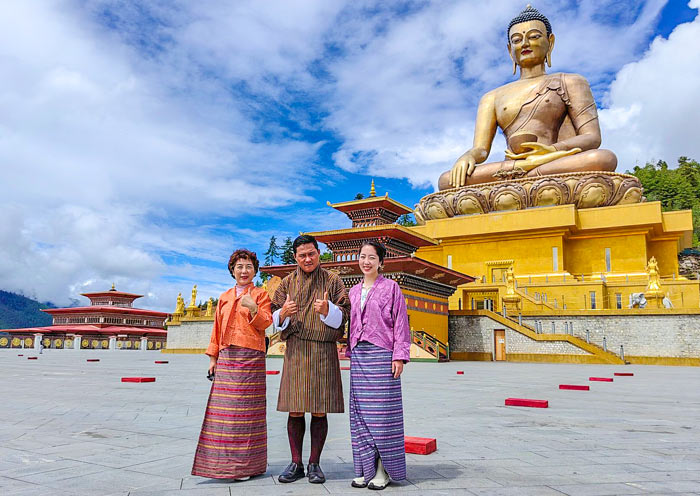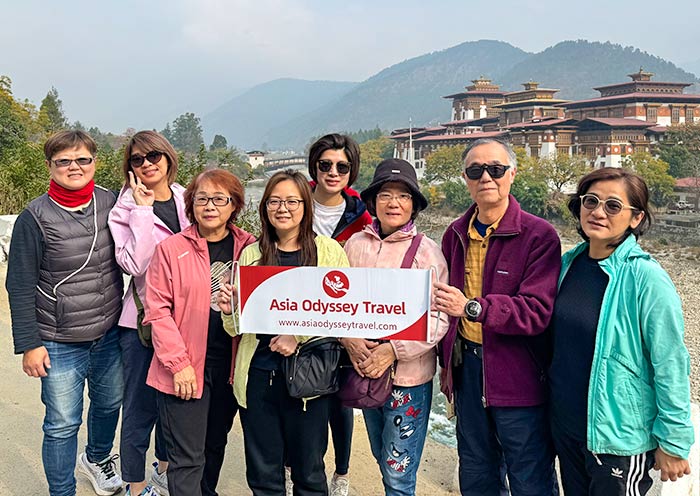I just graduated college and was planning on solo traveling Asia for 3 months. In the beginning of May, my mother very last minute decided that she would join me for a few weeks starting in the beginning of June. We both were very busy and had to quickly come up with a plan, which is when we found Asia Odyssey. Alina was super prompt in her response and quickly made us an itinerary for Nepal and Bhutan that fit exactly to our needs. After seeing how expertly Alina was able to create this itinerary, we also requested she make us an itinerary for India’s Golden Triangle including Delhi, Agra, and Rajasthan that we would embark on before Nepal/Bhutan.
Altogether we were under the care of Asia Odyssey for about a month, and simply could not have had a better experience. Alina was constantly in contact with us to make sure that everything was going smoothly and that we were having a wonderful time. In Nepal, we very last minute changed our plan to fly instead of drive for two of our locations and Alina was so understanding and helpful in allowing us to change our plans. Alina truly took wonderful care of us from start to finish and she is such a gem. Thank you so much for everything Alina!
Our trip to India felt right out of a magazine. Our driver Satish in India was with us over a week and is one of the kindest, most genuine people I have ever met in my entire life. I’ve been wanting to go to India with my mother for years and the trip was absolutely perfect - every hotel, every restaurant, every sight was absolutely wonderful. I was blown away with the country and the culture, and Asia Odyssey allowed us to experience it in the most comfortable and seamless way.
Our adventures in Nepal and Bhutan were some of the best of my life! The mountains and culture were unlike anything I’d experienced before, and I truly felt that I was able to get a genuine feel for the countries. The mountains and all of the buddhist monasteries and temples were some of the most beautiful things I’ve seen in my life. I absolutely cannot wait to come back - and when I do it will definitely be with Asia Odyssey.
Our guides Prarek, Ganesh, Narendra, Amit, Ghana, and Jigme throughout India, Nepal and Bhutan were all absolutely amazing, as were our drivers Satish, Keshav, and Momlal. Every single person we met was so incredible and made us feel so welcomed.
I cannot speak highly enough of Asia Odyssey and the hospitality shown by all involved in our trip. Thank you so much for the trip of a lifetime, and we hope to return very soon!






























